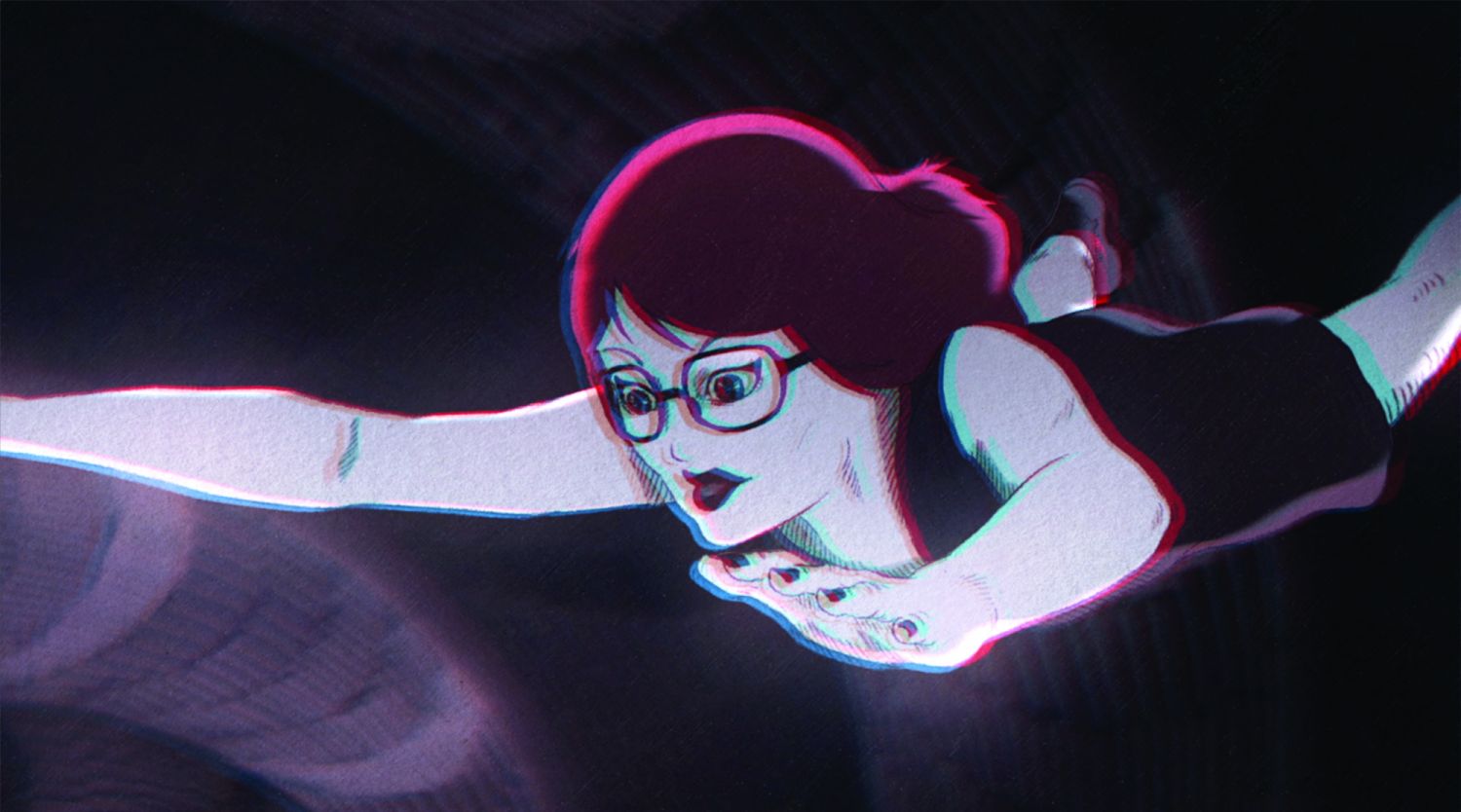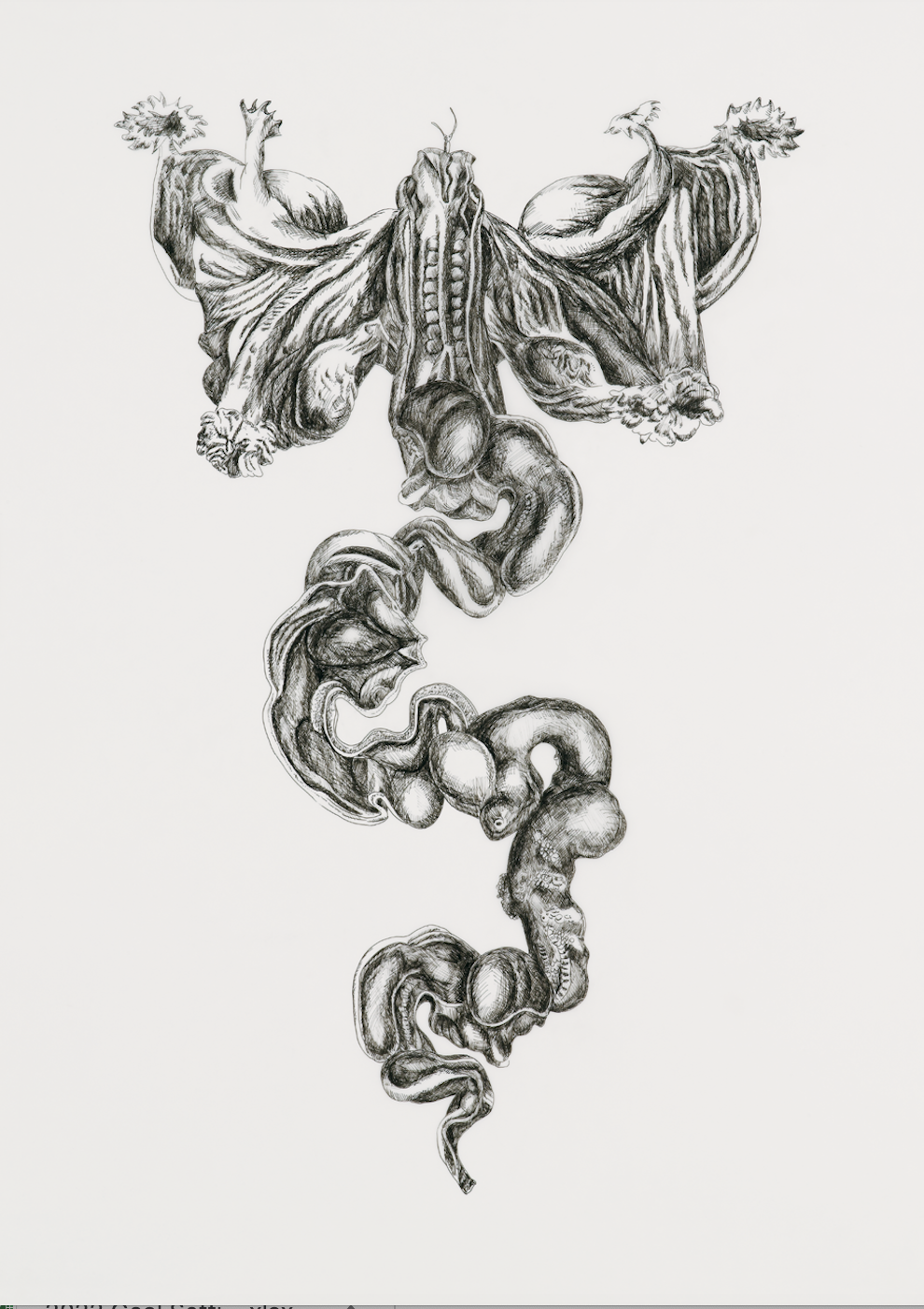Artist Angela Su is representing Hong Kong at the Venice Biennale, which opens this month after a pandemic induced one-year delay. She speaks to Tatler about her fascination with anime, levitation and disco balls
If it wasn’t for her distinctive thick-rimmed black glasses, Angela Su would be unrecognisable: when she appears on video chat, her usual jet black, pin-straight, blunt-cut bob has been replaced by a blonde pixie cut. Forgoing her distinctive goth look, her new, still-edgy transformation is all in service of her latest film, The Magnificent Levitation Act of Lauren O (2022), set to debut at the Venice Biennale this month.
In the film, Su assumes the role of fictional character Lauren O; she posits that concocting a diverse range of characters could be a way of coping with a politically ruptured world. “Having all these alter egos is like having multiple personalities,” she says. “Each personality [could help] us survive a different extreme situation—it’s a survival mechanism.”
She sees her place at Venice as a chance to address a world changed by the pandemic while staying true to her practice. The Hong Kong pavilion will feature Arise, an installation comprising multiple parts, including Su’s film. The pavilion is co-presented by the Hong Kong Arts Development Council and the M+ museum (for whom this is the first international project after its official opening in November 2021). Both selected Su to represent the city—a career-defining moment that Su finds surreal. “I’m both nervous and excited: I felt like it’s this huge responsibility after Venice was postponed for a year… [and] when so much has changed.”
In case you missed it: How the Pandemic Changed the Course of Mandy El-Sayegh's Art


For the first time in its 127-year history, the biennale’s main exhibition, which is staged in addition to 80 national pavilions, will feature a majority of female, gender non-conforming and POC (persons of colour) artists, including several from or based in Asia, such as Jes Fan, Pinaree Sanpitak, Thao Nguyen Phan, Lu Yang and Candice Lin. This year’s main show, put together by Cecilia Alemani, chief curator of the High Line Art programme in New York, is entitled The Milk of Dreams, after artist and novelist Leonara Carrington’s book of the same name.
Carrington’s tale features an imaginative narrative and is filled vivid drawings of hybrid mythical creatures which inhabit a surrealist setting of the author’s creation—a world filled with possibilities. Alemani builds this reimagining of what the world could be into the show, an interpretation which resonates during a time when many people feel there is a need to rethink and rebuild existing systems.
Coincidentally, Su’s film corresponds with Carrington’s book in that she also creates an intricate fictional realm where the possibility of change is presented as a means of dealing with the consequences of a chaotic world.





